The purpose of this article is to consider the requirements for bonding in 2011National Electrical Code(NEC) 250.104, Bonding of Piping Systems and Exposed Structural Steel.1 Consider the simple hot and cold water lines on a 10-gallon ceiling-mounted hot water heater shown in figure 1. The heater serves a single sink in a small lunchroom directly below the heater.
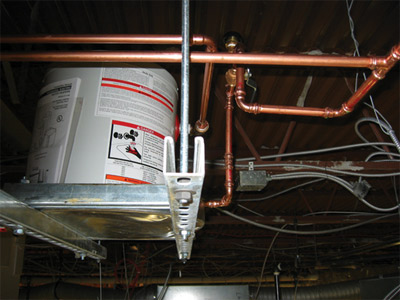
Figure 1. Ceiling-mounted hot water heater
The Requirement
“250.104(A)(1) General.Metal water piping system(s) installed in or attached to a building or structure shall be bonded to the service equipment enclosure, the grounded conductor in the service, the grounding electrode conductor where of sufficient size, or to one or more grounding electrodes used. The bonding jumper shall be sized in accordance with Table 250.66 except as permitted in 250.104(A)(2) and (A)(3).”1
Using Table 250.66 we find that the bonding jumper required is based on the size of the service-entrance conductors. A typical office building’s service of 1000 amps or more requires a bonding jumper size of 3/0 copper.
So … what is wrong with the picture in figure 2?

Figure 2. Copper water pipe and required 3/0 bonding jumper
The answer: There is more copper in the required bonding jumper than in the copper water pipe it must bond. The cross sectional area of ½ inch type M copper pipe in figure 2 is calculated to be 0.046 square inches (in.2), which is approximately equivalent to the area of 4 AWG copper wire. The required 3/0 copper bonding jumper has an area as 0.173 in.2. That’s over 300% more copper in the required bonding jumper than in the cross sectional area of the pipe it is bonding. If theNECis a minimum standard, then this is clearly an “over code” condition and it would appear that a code change proposal is warranted.
Background
The general requirement for bonding of water piping systems in the NEC has two modifying paragraphs as described below:
250.104 (A)(2) Buildings of Multiple Occupancy addresses isolated water piping systems and is relevant to strip malls. The requirement points to Table 250.122 to determine jumper size based on the panel serving the space. A 200-amps panel would require a 6 AWG copper bonding jumper and a 300-amps panel would require 4 AWG copper bonding jumper. Unfortunately, if the piping system is building wide, this code section does not apply but it will be used as the model for the suggested code change later in this article.
250.104 (A)(3) Multiple Buildings or Structures Supplied by a Feeder(s) or Branch Circuit(s) does not apply because this is a single structure.
The reason for the bonding jumper requirement is unclear from the available documentation. The explanation in the NEC® 2011 Handbook is:
“Bonding the metal water piping system of a building or structure, as required by 250.104(A) is not the same as using the metal water piping system as a grounding electrode. Bonding to the grounding electrode system places the bonded components at the same voltage level. For example, a current of 2000 amperes across 25 ft of 6 AWG copper conductor produces a voltage differential of approximately 26 volts. Section 250.104(A)(1) and (A)(3) require the metal water piping system of a building or structure to be bonded to the service equipment or grounding electrode conductor or, where supplied by a feeder or branch circuit, to the building or structure disconnecting means or grounding electrode conductor. Bonding requirements for buildings with multiple occupancies and isolated metal water piping systems in 250.104(A)(2). See the commentary associated with this section.
“Where it cannot be reasonably concluded that the hot and cold water pipes are reliably bonded through mechanical connections, an electrical bonding jumper is required to ensure that this connection is made. Some judgment must be exercised for each installation. Isolated sections of metal piping (such as used for plumbing fixture connection) that are connected to an overall nonmetallic water piping system are not subject to the requirements of 250.104(A). The isolated sections are not a metal water piping system. The special installation requirements provided in 250.64(A), (B), and (E) also apply to the water piping bonding jumper.”2
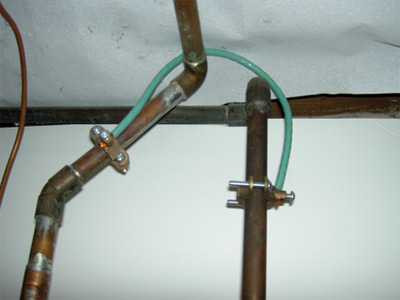
Figure 3. Bonding jumper on water heater sized 6 AWG
The commentary starts by stating that bonding water pipes is “not the same” as using the piping system as a grounding electrode. Then it goes on to talk about placing the bonded components at the same voltage level. Then it gives an example of 6 AWG carrying 2000 amperes of fault current.
What is the primary objective? Is it insuring that the components of the piping system are at the same voltage level? We know this as (1) equipotential bonding. Or, is the purpose of the bonding jumper to carry (2) fault current to trip a breaker? Let us consider each of these objectives individually and what bonding jumper size might be necessary to satisfy each objective.
1. Equipotential Bonding
The NEC addresses equipotential bonding in two significant places that deal with pools and agriculture. The most common reference is for swimming pools in 680.26 Equipotential Bonding. In this section of the code, equipotential bonding is provided by not smaller than solid 8 AWG copper wire. In a pool environment, we have people who are wet and highly susceptible to shock from small voltage gradients. This is a more restrictive environment than the potential shock hazard from the piping system of a hot water fixture on a sink in a commercial building. It is noteworthy that 8 AWG copper is sufficient to provide equipotential bonding for pools
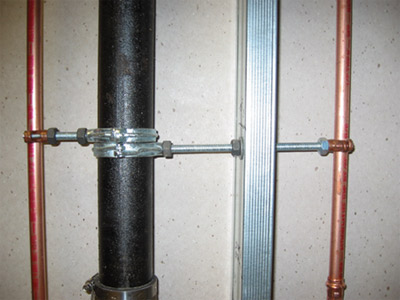
Figure 4. Pipe supports that provide an electrical path.
Similarly, equipotential planes are addressed for agricultural buildings in 547.10. This environment is more extreme than the pool environment. Animals that lack any protection of clothing occupy this space and can be more sensitive to voltage than the people working around them wearing shoes or rubber boots. Again, the bonding conductor is required to be copper not smaller than 8 AWG.
Grounding Electrode Conductors
Integral to bonding and grounding is the voltage reference system made up of a combination of grounding electrodes. Two common electrodes are concrete-encased electrodes and rod and pipe electrodes. Both are described in 250.52. There is a precedent that the NEC allows for grounding electrode conductor size limitations. The use of conductors of not smaller than 4 AWG copper for the concrete-encased electrode and not larger than 6 AWG copper when rod and pipe electrodes are used as a supplemental electrode is permitted. In addition, 250.4 General Requirements for Grounding and Bonding states:
“250.4 (5) Effective Ground-Fault Current Path.Electrical equipment and wiring and other electrically conductive material likely to become energized shall be installed in a manner that creates a low-impedance circuit facilitating the operation of the overcurrent device or ground detector for high-impedance grounded systems. It shall be capable of safely carrying the maximum ground-fault current likely to be imposed on it from any point on the wiring system where a ground fault may occur to the electrical supply source. The earth shall not be considered as an effective ground-fault current path.”3

Figure 5. NEMA standard typical circuit breaker trip curve4 Reprinted with permission of Tyco Thermal Controls LLC
The last sentence is telling and supports the sizing limitations of the grounding electrode conductor for rods and concrete-encased electrodes independent of the service-entrance conductor size. Clearly, these electrodes have a primary purpose to force the voltage reference level of the system to earth level. For pools and agricultural buildings, we are not trying to move large fault currents. Therefore, the relatively small conductors, 8 AWG copper, are appropriate to accomplish the equipotential voltage function.
2. Fault Current
Fault currents on a bonding jumper are a transient condition for an electrical system and wire sizing could reasonably be based on a single conductor’s ability to carry large fault currents for sufficient time to open the closest up-stream fuse or circuit breaker.
Define the Problem
Assume a piping system with a piece of water conditioning equipment that may interrupt the continuity of the piping system. For the purpose of this electrical analysis, the pipe will be considered empty of any liquid. In accordance with 250.104 a bonding jumper will be required to assure continuity. Let us limit the bonding jumper to 2 feet in length. This is a reasonable distance for pipe separation for a hot water heater or a local area water filter. Shown in figure 3 is a 6 AWG jumper between hot and cold water lines installed in accordance with 250.104(A)(2)
Transient Ampacity of Copper Conductors
The issue of bonding jumper size can be considered in terms of a bonding jumper’s ability to carry fault current of sufficient magnitude and for sufficient time to operate the first up-stream breaker experiencing the fault. Since the water conditioning equipment we are bonding is of a relatively small volume, it is reasonable to assume it serves a limited area of the building. One might conservatively expect that the electrical panel serving the equipment or located in the vicinity of the hot water line will have to have an ampacity rating of no more than 300 amps. After a cursory examination of the technical specifications for several manufacturers, it appears that a breaker can reasonably be expected to open when presented with ten times the rated trip current for five seconds. NEMA has published a standard “typical circuit breaker trip curve” which provides this value. A further examination of figure 5 shows that breaker trip times will fall off precipitously and as the current increases modestly.
Therefore, the five-second time requirement specified above is considered reasonable.
It is also highly likely that a parallel fault path exists in either the construction of the metal tank of water heater or in structures put in place to support the pipe as shown in figure 4.

Table 1. Five second ampacity of a 2 ft copper wire
Ignoring any possible parallel fault-current paths, the problem becomes finding a bonding conductor that is large enough to carry 3000 amps (10 times the 300 amp panel capacity) for a minimum of 5 seconds before melting like a fusible link. This provides for two levels of protection from both the branch-circuit breaker and the main breaker protecting the panel and its feeder. By ignoring the technical liberties that might be taken, we begin the analysis with an inherent conservative bias.
Fusing Link Analysis
There are two estimating methods that are generally used for wire fusing analysis. Preece5 created the simplest method that is generally applicable for 22 AWG wire and smaller, while a more robust equation by Onderdonk6 added the dimension of time. Onderdonk’s equation is also an approximation with a result that is about 50% of the rigorous method in physics. A full analysis is based on the properties of matter including specific heat, latent heat and the material’s ability to radiate energy. This is the approach that will be employed.
In order to melt a 2 ft length of copper, three things must happen. First the temperature of the copper must be raised from ambient temperature of 25oC to 1085oC. Second, the latent heat energy to change the state of the material from a solid to a liquid must be added. And third, we must make up for the heat energy that is lost through radiation from the wire to the surrounding air during this process. For the purpose of this analysis the fault current flowing through the resistance of the bonding jumper is the sole heat source and thermal end effects will not be considered. The input energy relationship is defined by the power equation; where power equals the square of the current multiplied by the resistance. Seventeen pages of calculation yield the results displayed in table 1 for 2 ft length of copper wire.
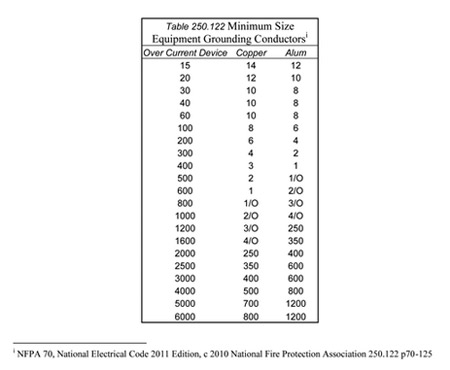
Table 250.122
Based on the above analysis, a number 4 AWG copper wire will be sufficient to provide the required 3000 ampacity for five seconds to operate a 300-amp breaker with a 100% margin. If we apply Table 250.122 for jumper sizing, as was done in 250.104 (A)(2) Buildings of Multiple Occupancy, a 300-amp panel would require a 4 AWG bonding jumper. Any insulation on the bonding jumper is not a factor since it can melt away and not effect the current or future functioning of the bonding jumper. Finally, it appears that the calculated results of table 1 confirm the efficacy of Table 250.122 of the NEC for the 200- and 300-amp overcurrent devices.
Conclusion
This analysis is now complete and the evidence has been presented. What remains is to form the actual code change proposal. The goal is to be both reasonable and also to provide adequate protection for people using and working in the vicinity of an electrical system. Based on earlier arguments, equipotential bonding can be provided with an 8 AWG wire. An effective fault-current path is more difficult to provide. It appears reasonable to consider the size of the area served by the piping system after the conditioning device and reduce the size of the bonding jumper so it does not exceed the amount of copper in the pipe it is bonding. This could be accomplished using the precedent of applying Table 250.122 for hot water heaters and other water conditioning equipment serving only a portion of a commercial building.
Code Change Proposal
Add a new subparagraph to Section 250.104 as follows:
“250.104 (A)(4) Water Conditioning Equipment.When bonding hot water heaters or other water conditioning equipment of up to a 75-gallon capacity and serving less than 30 percent of the total building floor area, a bonding jumper of up to 2 feet in length shall be permitted to be sized using Table 250.122. The overcurrent device size when approaching this table shall be based on the ampacity of largest panel either serving the water conditioning equipment or in the vicinity of the water conditioning equipment.”
Analysis of This Proposal
The water heater depicted at the start of this article is served by a 20-amp branch circuit in a 200-amp panel with nothing larger in the vicinity and would therefore require a 6 AWG bonding jumper. Based on the above analysis this appears to be both a reasonable and safe result.
The equipment size and the area served limitation of the code change proposal exclude single building-wide units with extensive hot water piping systems. The requirement to size the jumper based on the ampacity of the “largest panel in the vicinity” forces the jumper to be full size if the conditioning equipment is located near the building’s switch gear or other high ampacity distribution nodes.
Water heaters of small size generally serve a small area of the building. Typically a single lunchroom or a few hand sinks in two bathrooms. These units tend to have a capacity of 10 or 20 gallons. Pipe sizes range from a ½ inch to ¾ inch in diameter. The length of the pipe on the conditioned side of the device is usually of limited length, which is small when compared to the run of the cold water line from building entry. These units typically serve less than 30% of the building’s floor area and are located in proximity of 12 AWG to 10 AWG branch-circuit conductors which are the likely source of any fault current. These conductors will be destroyed long before a 4 or 6 AWG bonding jumper that would be required under this change.
Credits and References
Special thanks go to Mr. William Harris Jr. of Warshauer & Co., Parsippany, New Jersey, for his help with technical information and product samples to research this paper.
1 NFPA 70, National Electrical Code, 2011 ed. (National Fire Protection Association, Quincy, MA., Copyright © 2010).
2 National Electric Code Handbook, 250.104(A) commentary, (National Fire Protection Association, Quincy, MA., p. 259).
3 NFPA 70, National Electrical Code, 2011 ed., 250.104 (5), (National Fire Protection Association Copyright © 2010), p. 70-101
4 Electrical Installation Requirements, A Global Perspective, (National Electrical Manufacturers Association, by Underwriters Laboratories Inc., Principal Investigator: Paul Duks, April 1999), p. 94.
5 Standard Handbook for Electrical Engineers, 15th ed. Edited by H. Wayne Beaty and Donald G. Fink. (McGraw Hill, Copyright © 2007), p. 4–25.
6 Standard Handbook for Electrical Engineers, 15th ed. Edited by H. Wayne Beaty and Donald G. Fink. (McGraw Hill, Copyright © 2007), p. 4–25.
7 NFPA 70, National Electrical Code, 2011 ed., 250.122 (National Fire Protection Association, Quincy, MA., Copyright © 2010), p 70–125.







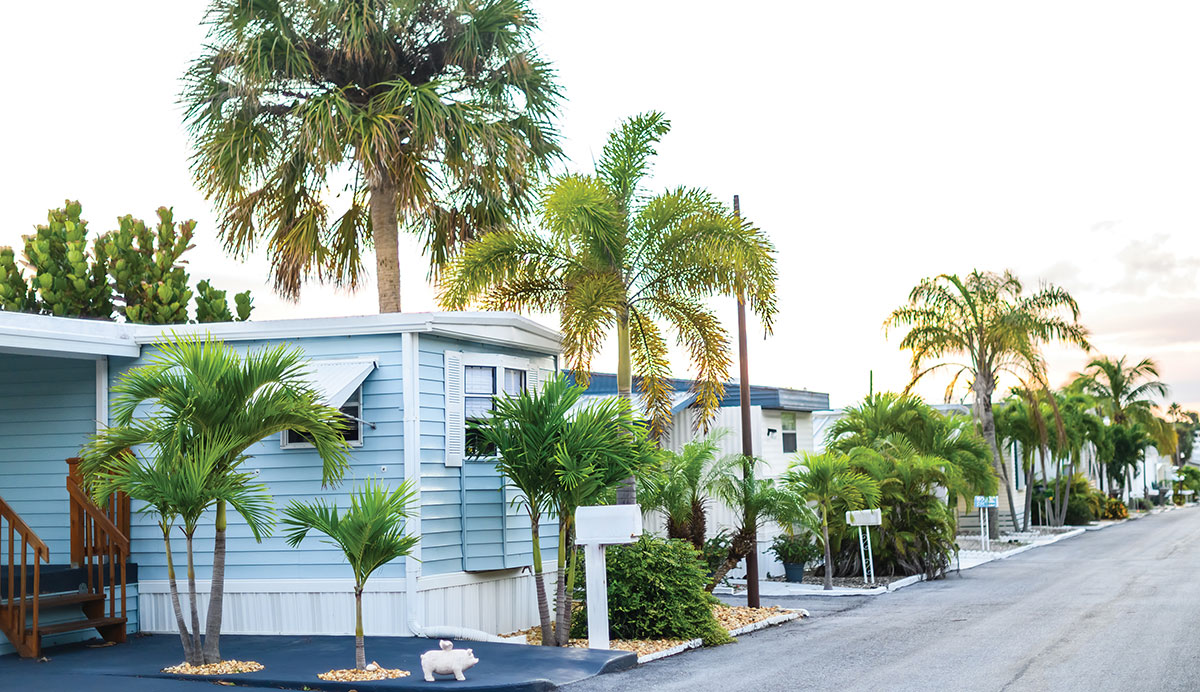
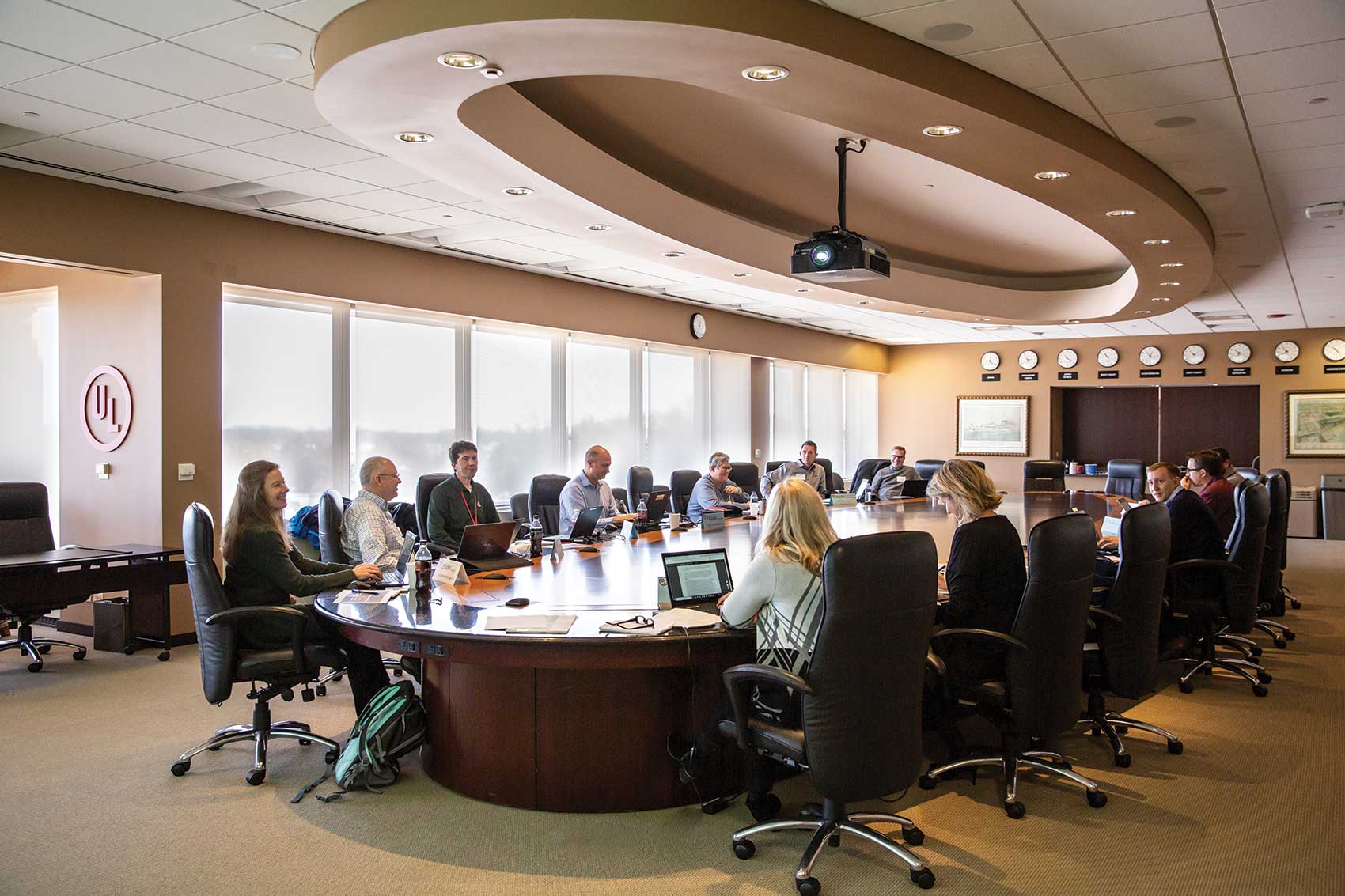

Find Us on Socials